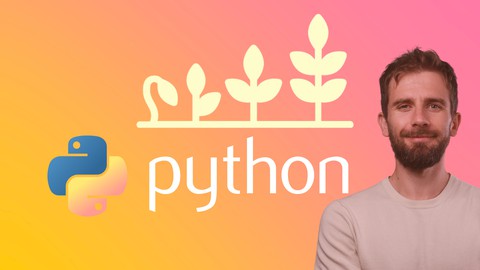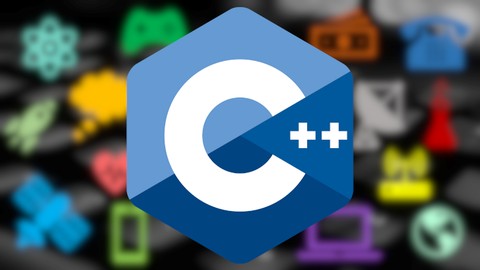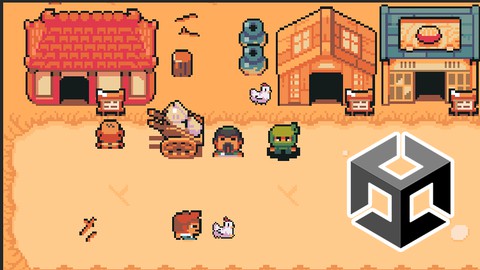NestJS Zero to Hero - Modern TypeScript Back-end Development
Loại khoá học: Web Development
Develop and deploy enterprise back-end applications following best practices using Node.js and TypeScript
Mô tả
NestJS is a Node.js back-end development framework built upon Express, leveraging the power of TypeScript.
NestJS leverages the incredible popularity and robustness of JavaScript as a language and Node.js as a technology. It is inspired by common libraries and frameworks such as Angular, React and Vue which improve developer productivity and experience.
Even considering the amount of superb libraries, helpers and tools that exist for server-side Node.js, none of them effectively solve the main problem - the architecture of an application.
NestJS provides an out-of-the-box application architecture which allows developers and teams to create highly testable, scalable, loosely coupled and easily maintainable applications.
Recently, the NestJS framework is gaining extreme popularity due to its incredible features;
Leverages TypeScript - strongly typed language which is a super-set of JavaScript
Simple to use, easy to learn and easy to master
Powerful Command Line Interface (CLI) tool that boosts productivity and ease of development
Detailed, well-maintained documentation
Active codebase development and maintenance
Open-source (MIT license)
Supports dozens nest-specific modules that help you easily integrate with common technologies and concepts such as TypeORM, Mongoose, GraphQL, Logging, Validation, Caching, Websockets and much more
Easy of unit-testing applications
Made for Monoliths and Micro-services (entire section in the documentation regarding the Microservice type of a NestJS application, as well as techniques and recipes).
In this course I am going to guide you through the process of planning, developing and deploying a fully-featured back-end application, based on my experience developing and maintaining systems that support dozens of millions of concurrent users at scale.
Bạn sẽ học được gì
Becoming familiar with the NestJS framework and its components
Designing and developing REST APIs performing CRUD operations
Authentication and Authorization for back-end applications
Using TypeORM for database interaction
Security best practices, password hashing and storing sensitive information
Persisting data using a database
Deploying back-end applications at a production-ready state to Amazon Web Services
Writing clean, maintainable code in-line with industry standards
Utilising the NestJS Command Line Interface (CLI)
Using Postman for testing back-end services
Using pgAdmin as an interface tool to manage PostgreSQL databases
Implement efficient logging in a back-end application
Environment-based configuration management and environment variables
Implementing data validation and using Pipes
Guarding endpoints for authorized users using Guards
Modelling entities for the persistence layer
TypeScript best practices
Handling asynchronous operations using async-await
Using Data Transfer Objects (DTO)
Hands-on experience with JSON Web Tokens (JWT)
Unit testing NestJS applications
Using GraphQL with NestJS
Database persistence with MongoDB
Yêu cầu
- Having a basic understanding of JavaScript and/or NodeJS
- Having basic knowledge of TypeScript is recommended, but not required
Nội dung khoá học
Viết Bình Luận
Khoá học liên quan

Đăng ký get khoá học Udemy - Unica - Gitiho giá chỉ 50k!
Get khoá học giá rẻ ngay trước khi bị fix.




![[NEW] Spring Boot 3, Spring 6 & Hibernate for Beginners](/uploads/courses/udemy/647428_be28_10.jpg)




![Machine Learning A-Z: AI, Python & R + ChatGPT Prize [2024]](/uploads/courses/udemy/950390_270f_3.jpg)








Đánh giá của học viên
Bình luận khách hàng